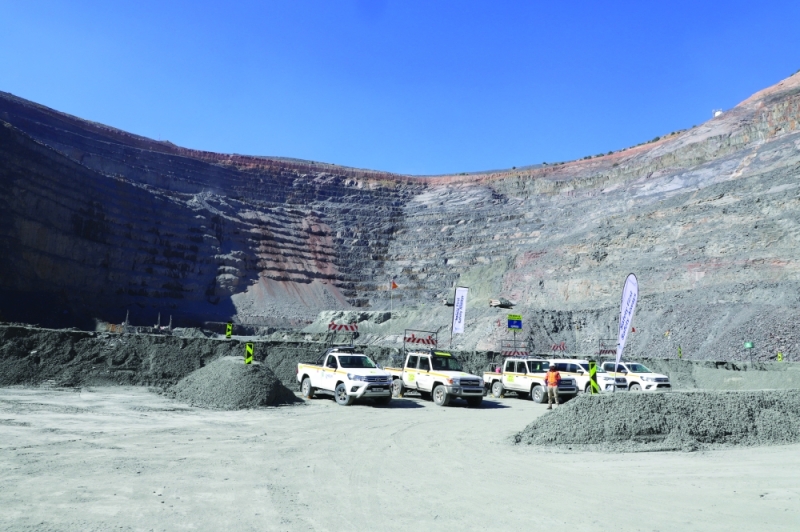U.S recession fears weigh on diamond outlook
Lewanika Timothy | Monday June 19, 2023 06:00


Diamonds, the country’s principal economic commodity, raced to exports of P14 billion in the first three quarters of the year, up 10.1% over the same period last year, despite 2022 also representing a record high for the shiny stones.
Half-year production figures are due next month, but already the country’s major producers are expected to show both higher output and revenues, as demand for diamonds continues to firm.
Analysts at Kgori Capital, however, have cautioned that for the second half of the year, fortunes for the country’s minerals, particularly diamonds, will be anchored on the direction of the US economy.
The US accounts for nearly 60% of diamond jewellery sales each year, driving sales and budget revenues in key producers such as Botswana.
Kgori Capital investment analyst, Kitso Mokhurutshe, said although Botswana has largely moved on from the high inflation period seen last year, there remains a greater threat of weakening demand for diamonds in international markets that could upset the mineral-dependent country.
“It’s safe to say Botswana is out of the woods as we expect inflation to cool and fall within the Bank of Botswana objective range of three to six percent, but we are worried that a US-led recession may harm the economy,” he said.
Early this year, many analysts and economists had predicted a US-led global recession driven by the fallout from Russia’s invasion of Ukraine, the effects of higher interest rates and the continuing impact of the COVID-19 pandemic.
Debswana, the country’s main diamonds producer, even drafted a recession plan to cope with any cutback in demand for its stones.
“The business has started preparations for recession planning in anticipation of a global recession in 2023 which will no doubt adversely affect the sales of diamonds in our major markets,” Debswana managing director, Andrew Motsomi said in a letter to employees, in January. “Updates on this exercise will be given across operations as the situation unfolds.”
Although the fears have largely abated, some economic players continue to see troubling signs for the second half of the year. This week, Bloomberg reported that some of the world’s biggest bond managers were sticking to their forecasts for an economic downturn in the US, due to a lagged effect of the string of interest rate hikes effected by the Federal Reserve.
“By their reckoning, the damage from 10 straight increases has been done and the collapse of three US lenders in March was just a taste of the bigger crisis to come as central banks stay hawkish until something else breaks,” Bloomberg reported.
De Beers, which holds 50% equity in Debswana alongside government, has noted that its auctions thus far this year have been marked by buyers taking a more cautious approach in planning their 2023 allocation schedules in light of the current uncertain macroeconomic outlook.
De Beers sells its diamonds to an exclusive list of buyers known as sightholders, with whom it agrees on allocation schedules. Officials at the diamond giant have said many of their buyers expect to buy more of their stones as the year progresses, rather than earlier in the year, when they are surer of the economic outlook.
